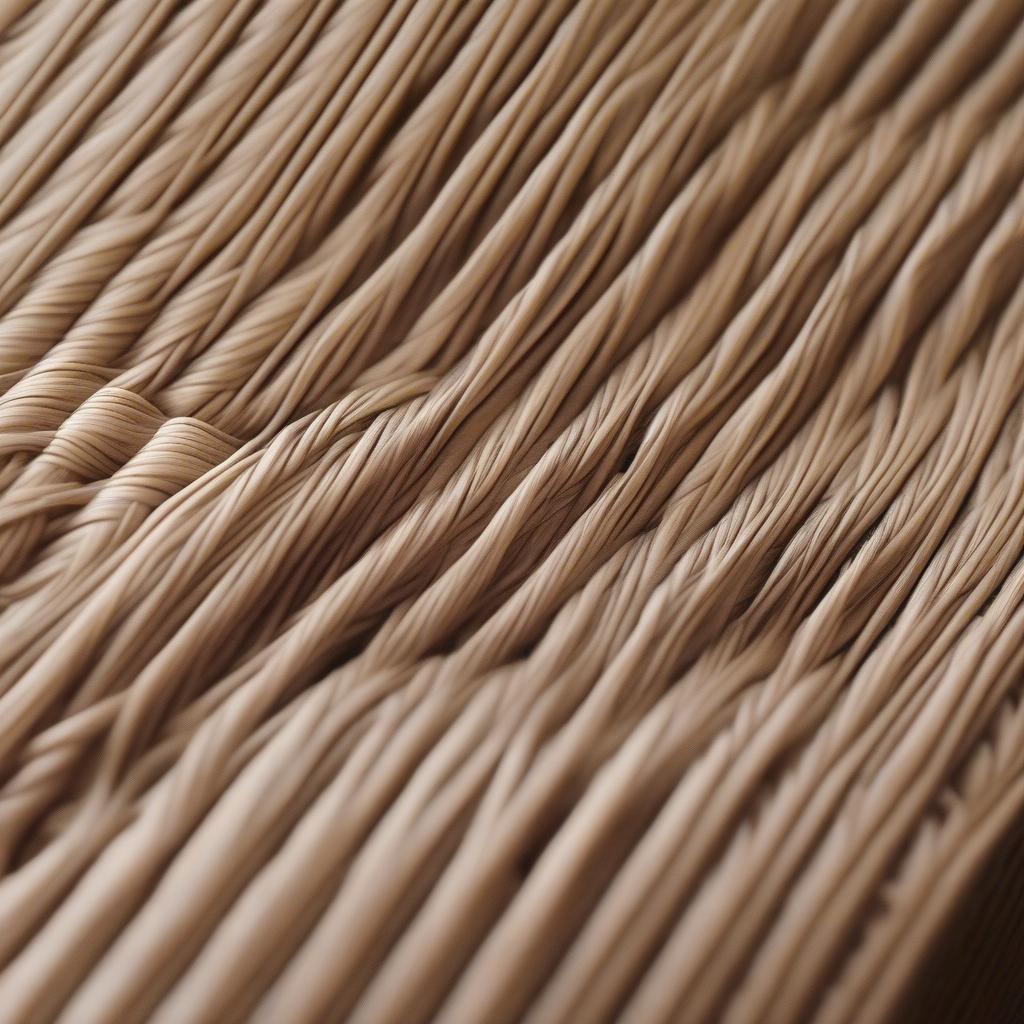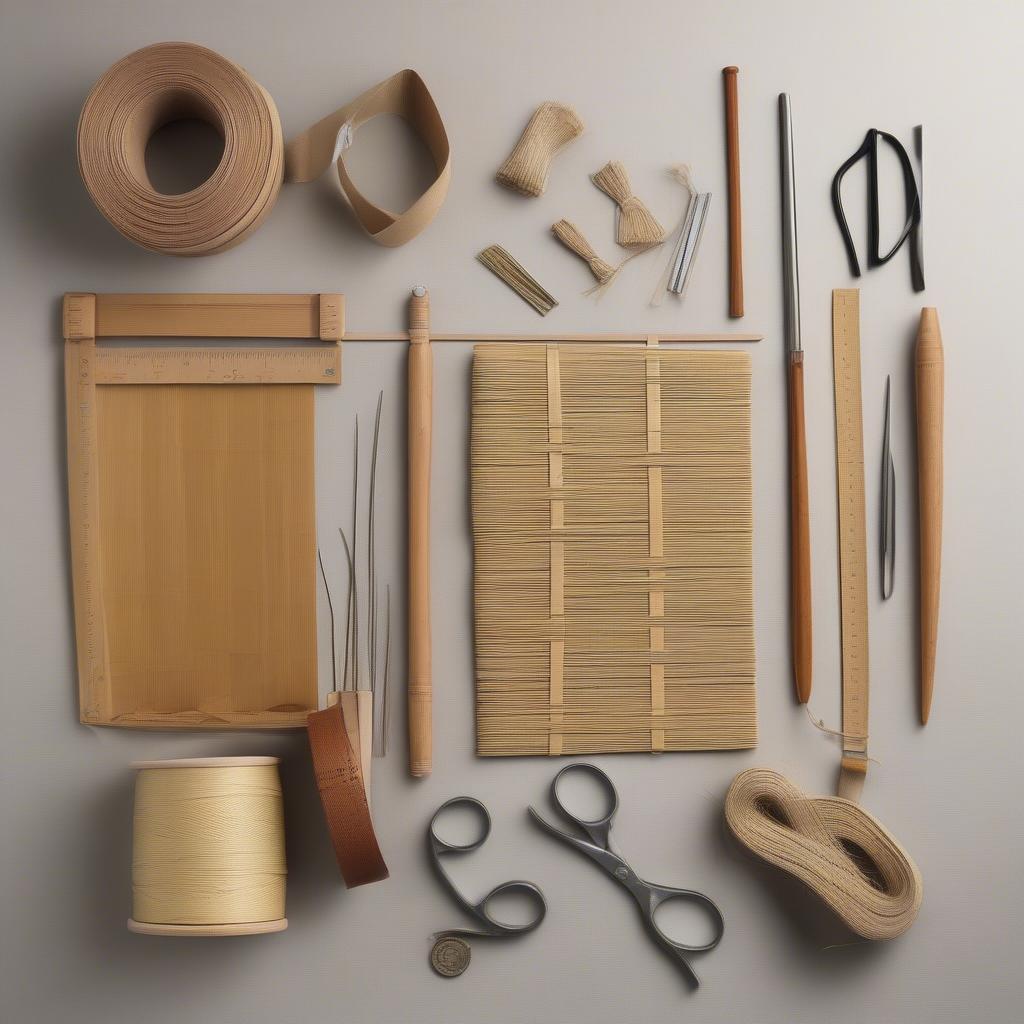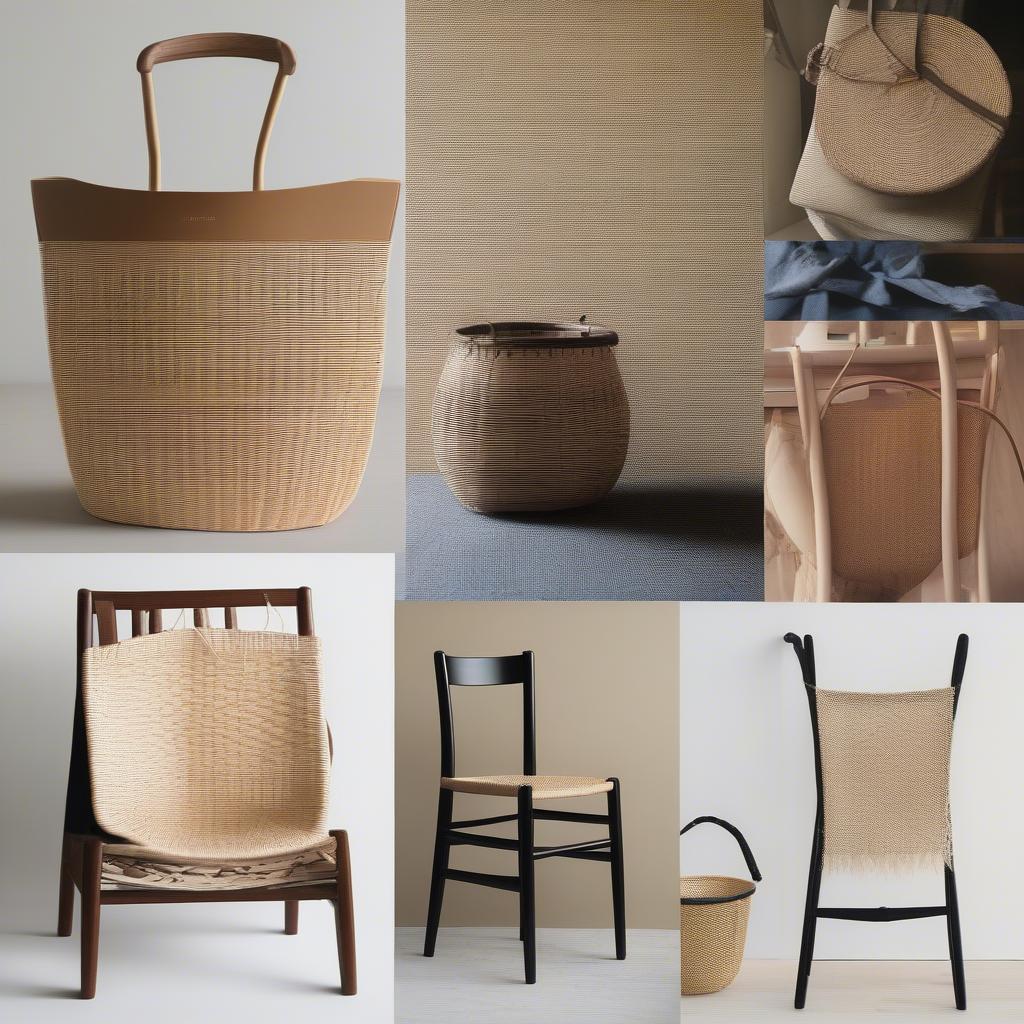Weave Chair
Understanding Shaker Chair Weave
Shaker Chair Weave is a distinctive and beautiful handwoven technique used to create seats for iconic Shaker chairs. Known for its durability and simple elegance, this traditional craft continues to be appreciated for its timeless appeal and functional beauty. This article delves into the history, techniques, and enduring appeal of shaker chair weave.
A History Woven in Time: Exploring Shaker Chair Weave
The Shaker communities, known for their minimalist lifestyle and dedication to craftsmanship, developed shaker chair weave out of necessity and a desire for simplicity. Beginning in the late 18th century, Shaker chair weave emerged as a practical and aesthetically pleasing way to create chair seats using readily available materials like flax or cotton tape. The technique reflects the Shaker values of utility, honesty, and quality, showcasing the beauty in simplicity. They believed that even everyday objects should be crafted with care and intention, a philosophy evident in the meticulous nature of shaker chair weave.
 Close-up view of a Shaker chair weave pattern
Close-up view of a Shaker chair weave pattern
Weaving the Magic: The Shaker Chair Weave Technique
The process of creating a shaker chair weave involves meticulously interlacing strands of tape across a chair frame, forming a strong and supportive seat. While seemingly simple, the technique requires precision and patience to achieve the characteristic checkered pattern. Typically, a pre-woven “ladder back” is attached to the chair frame, forming the base for the weave. Then, continuous lengths of tape are woven through the ladder back, alternating over and under each rung, creating the distinctive shaker chair weave pattern.
Tools and Materials for Shaker Chair Weaving
The beauty of shaker chair weave lies in its simplicity, requiring only a few essential tools. A sturdy chair frame, pre-woven ladder back, and high-quality tape (traditionally flax or cotton) are the primary materials. Other helpful tools include a measuring tape, scissors, and a fid or weaving needle to aid in threading the tape through the ladder back. While specialized tools can make the process more efficient, the weave can be achieved with basic tools and a little patience.
 Tools and materials used for Shaker chair weaving
Tools and materials used for Shaker chair weaving
The Enduring Appeal of Shaker Style
Shaker furniture, including chairs featuring the distinctive weave, remains highly sought after for its timeless elegance and functional design. The clean lines, simple forms, and focus on quality craftsmanship resonate with contemporary aesthetics. Shaker chair weave, in particular, adds a touch of handcrafted charm and visual interest to any space. It’s a testament to the enduring power of simple, well-made design.
Why Choose Shaker Chair Weave?
- Durability: The tight weave creates a strong and resilient seat that can withstand daily use.
- Comfort: The woven tape conforms to the body, providing a surprisingly comfortable seating experience.
- Aesthetic Appeal: The simple, geometric pattern of shaker chair weave adds a touch of understated elegance to any room.
- Timeless Design: Shaker furniture transcends trends, ensuring a piece that will remain stylish for generations.
Shaker Chair Weave in the Modern World
While traditionally used for chair seats, shaker chair weave has found new applications in contemporary design. From decorative wall hangings to unique basketry and even fashion accessories, the versatile technique adds a touch of handcrafted charm to a variety of objects. This adaptability speaks to the enduring appeal of shaker chair weave and its ability to transcend traditional boundaries.
 Modern applications of Shaker chair weave
Modern applications of Shaker chair weave
Conclusion
Shaker chair weave is more than just a technique; it’s a testament to the enduring beauty of simplicity, craftsmanship, and functional design. From its humble beginnings in Shaker communities to its continued relevance in contemporary design, shaker chair weave represents a timeless craft that continues to inspire and captivate.
FAQ
- What type of tape is traditionally used for shaker chair weave? Traditionally, flax or cotton tape was used.
- Is shaker chair weave difficult to learn? While it requires patience and precision, the basic technique is relatively easy to learn.
- Where can I find materials for shaker chair weaving? Specialty craft stores and online retailers often carry supplies for chair caning and weaving.
- Can shaker chair weave be used for other projects besides chair seats? Yes, it can be adapted for various projects like wall hangings, baskets, and even fashion accessories.
- How do I care for a chair with a woven seat? Avoid excessive moisture and direct sunlight. Dust regularly with a soft brush.
- How can I learn more about Shaker chair weaving? Many resources, including books, online tutorials, and workshops, are available.
- Are there different variations of the Shaker chair weave pattern? While the basic over-under pattern is consistent, slight variations can be achieved by adjusting the tension and width of the tape.
Other Helpful Articles on Basket Weave
- Exploring Different Basket Weaving Techniques
- A Guide to Natural Weaving Materials
- The History and Art of Wicker Furniture
If you need assistance, please contact our Hotline: +84 388 951 999, or visit our offices at Hanoi, Vietnam or Tech Avenue, Suite 12, San Francisco, CA 94105, USA. We have a 24/7 customer service team ready to help.
